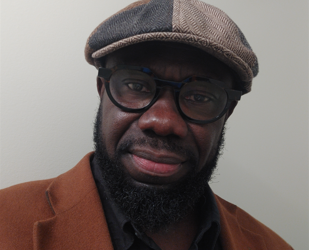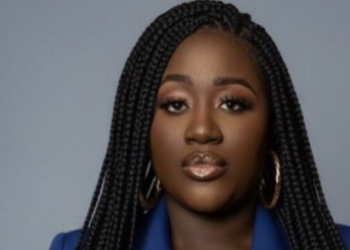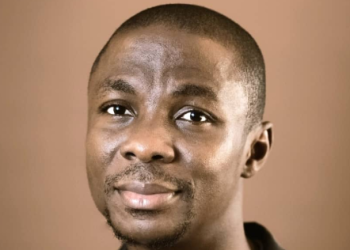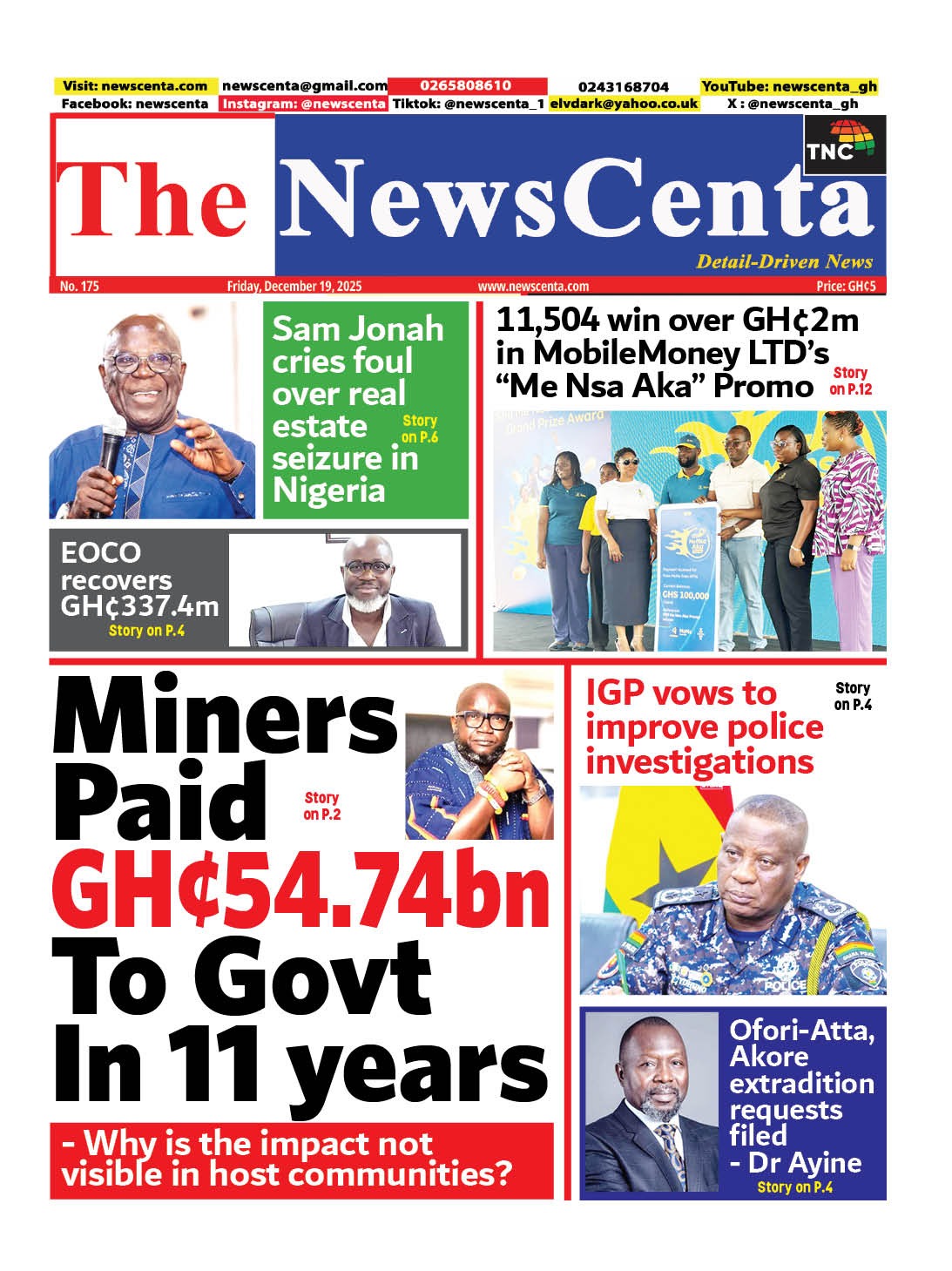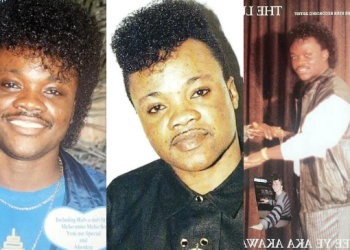The other day, a pastor friend who has followed these columns from my days in England, asked whether my journalism had degenerated into journalismism.
He wrote that he enjoyed my earlier columns, where I used stress-busters as a narrative motor to discuss weightier and serious matters.
He also wondered whether any of our newspapers would ever be able to stand up to The New York Times or The Guardian.
He has also been following my YouTube channel and advised: The trend now is ‘digital first, not digital also’.
Evans Mensah or Wolf Blitzer
Journalismism? What creature is that? It is that snarky media practice associated with Gawker Media, that sits conveniently between gossip and real news, and seeks to satirize powerful figures, politicians, and celebrities.
The focus is their private lives and the only attractive hook is what they may have done wrong.
We used to call it Gotchya! For journalismism, money is the motive and it is ruthless about using catchy headlines to drive traffic, not so much about telling a proper story.
Journalismism is mainly online and it is unusual for all the terrible reasons.
Journalism (proper storytelling) may have had one its most unusual moments last week, when the English comprehension skills of one of Ghana’s finest journalists, was questioned by a rambustious politician.
If Joy FM’s Evans Mensah, the phenomenal and brilliant newsman who has been compared with CNN’s Wolf Blitzer and Britain’s Jeremy Paxman, cannot pass Minister Sam George’s basic English test, then journalism may be fried like bofrot and served as a side to the menu of Billionaire Richard Nii Armah Quaye’s foodbanks. A broadcast journalist at a local FM station in Kasoa mocked: “If senior Evans is not good enough, then whom am I?
The other unusual moment was Vivian Kai Lokko’s sudden resignation from Citi FM and Channel One TV, after 17 years of fantastic news reporting as Head of News.
Vivian’s resignation letter, an angry-looking one liner, may be the shortest parting letters ever written by a media practitioner who is trained to compose a lead to every story, give it a body and a kicker (last line), all woven around the 5Ws and the H.
On social media, lovers of Citi FM wondered why she didn’t send a text message to resign, the way President J.J. Rawlings sent off Amb. Victor Smith.
Gotcha vs Journalismism
In the same week, grandpa Daily Graphic turned 75 years old, to give journalism something to cheer about and ride us on its journey of impactful journalism and excellence.
Since October 1950 when the first copy of the Graphic hit the newsstands, we have looked to the national daily not just as a newspaper, but as an identifier and symbolic authority that validates our idea of what news looks and feels like.
The Daily Graphic is not just the masthead of a public newspaper; it is the name for every newspaper in Ghana, including broadsheets, tabloids, and berliners (the size between the broadsheet and a tabloid).
Have you read the Graphic today? In other words, have you read any newspaper at all today?
If you were sent to buy a particular weekly tabloid, and you brought home the Daily Graphic, you made an intelligent purchase.
In those days, Graphic attracted the brightest, smartest and the finest writers.
That was when journalism meant the newspaper, (not an online version of the printed copy) and broadcast journalism was GBC television, while radio was simply GBC radio.
Graphic and GBC did journalism. Proper journalism. Not gotcha. Not journalismism.
So, you brought a copy of the Daily Graphic home, and what did you find in its pages?
The paper is a living organism, and like the konkontibaa next door, the pages of the Graphic have grown.
So has the expanse of coverage and its breadth of scholarship. The Graphic has maintained the longform reporting, that refreshing ‘full story fully told’ characteristic of the broadsheet that opens to the next page because one page was enough to tell the complete story.
Except the only instance when John Dramani Mahama was misrendered as John ‘Dramatic’ Mahama, every edition of the Graphic has survived the strictest editing standards.
Digitize first, not digitize also
First as a subsidiary of the Daily Mirror Group of the United Kingdom, founder Cecil King Jnr must have had a lot in mind when he appointed Graphic’s first editor, Martin Therson-Coffie. Great professionals have followed as editors: Elizabeth Ohene. Kobby Asmah. Doreen Hammond. Theopilus Yartey. Advertisement pages have increased. There are not many book reviews but the opinion pages are doing well.
The Graphic has many prospects to be a lot better but there are very few opportunities for journalismisms. There may be flaws, but you can trust Graphic.
However, the tastebuds of news consumers today seem to be more friendlier towards journalismisms, than journalism.
The Graphic will do with the admonition from my pastor friend: digitize, digitize, digitize.
This was reiterated by Executive Secretary of National Media Commission, George Sarpong, at Graphic’s 75th anniversary, last week.
The action is online, but the Daily Graphic is hardly online.
What about readership? When I worked in PR and public affairs, I did the sacrilege of stopping my company’s subscriptions to four newspapers.
Nobody read the newspapers, including the private newspaper where my company maintained a weekly column.
I comforted myself that 75 year old Mr Ampomah would read the Graphic in the morning.
However, I found he was always tired and slept through the pages.
At 75, we hope the Daily Graphic is not as tired as Mr. Ampomah.
Tissues Of The Issues
bigfrontiers@gmail.com
Ottawa, Canada





